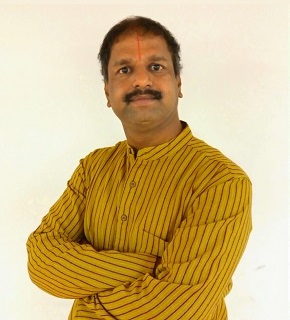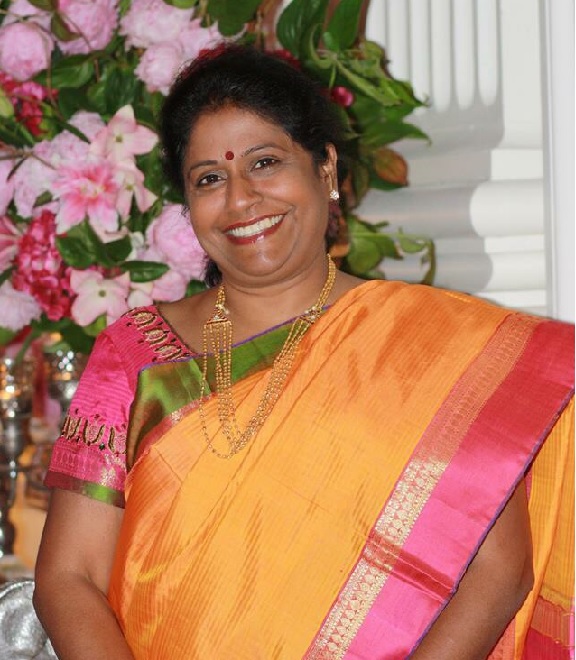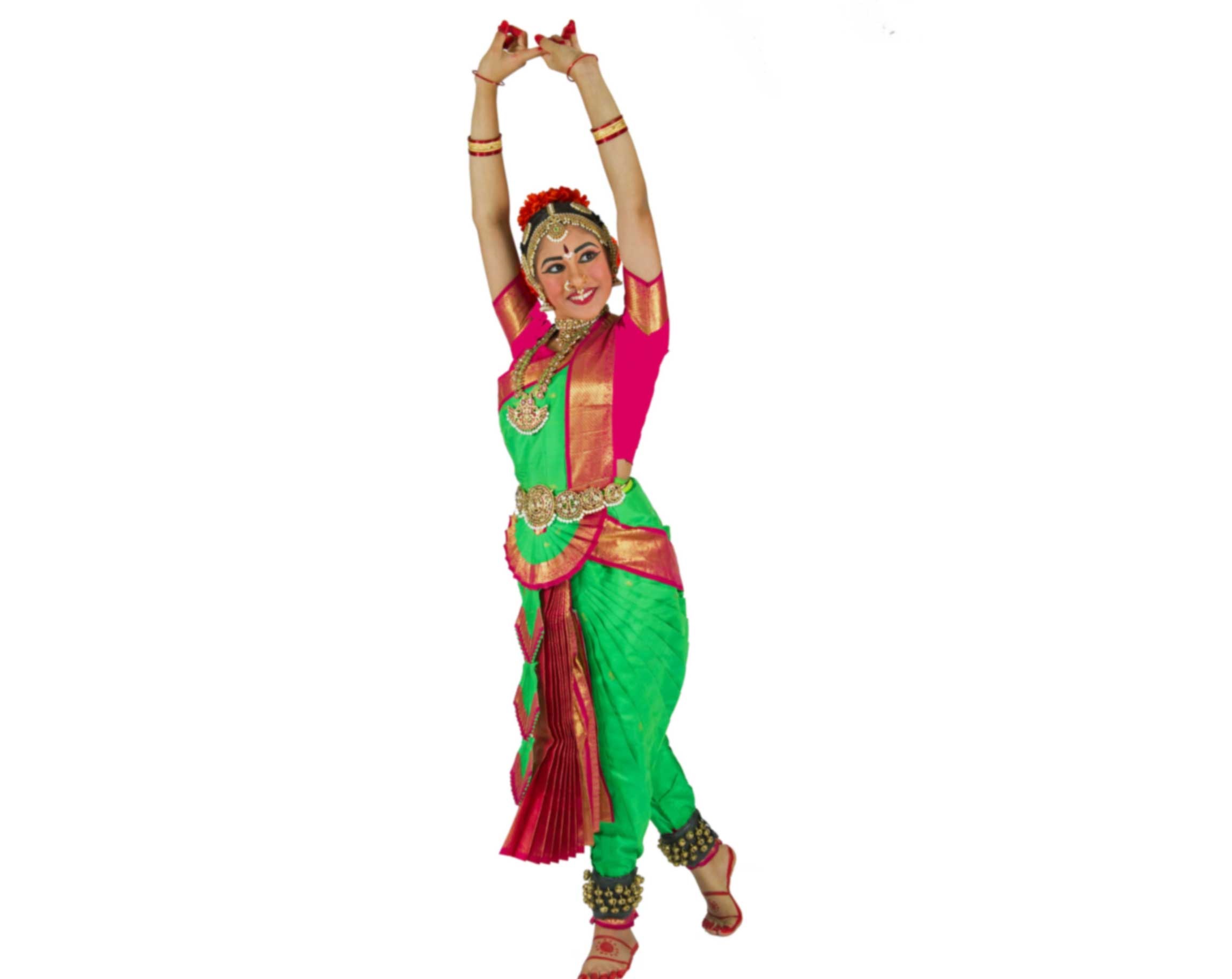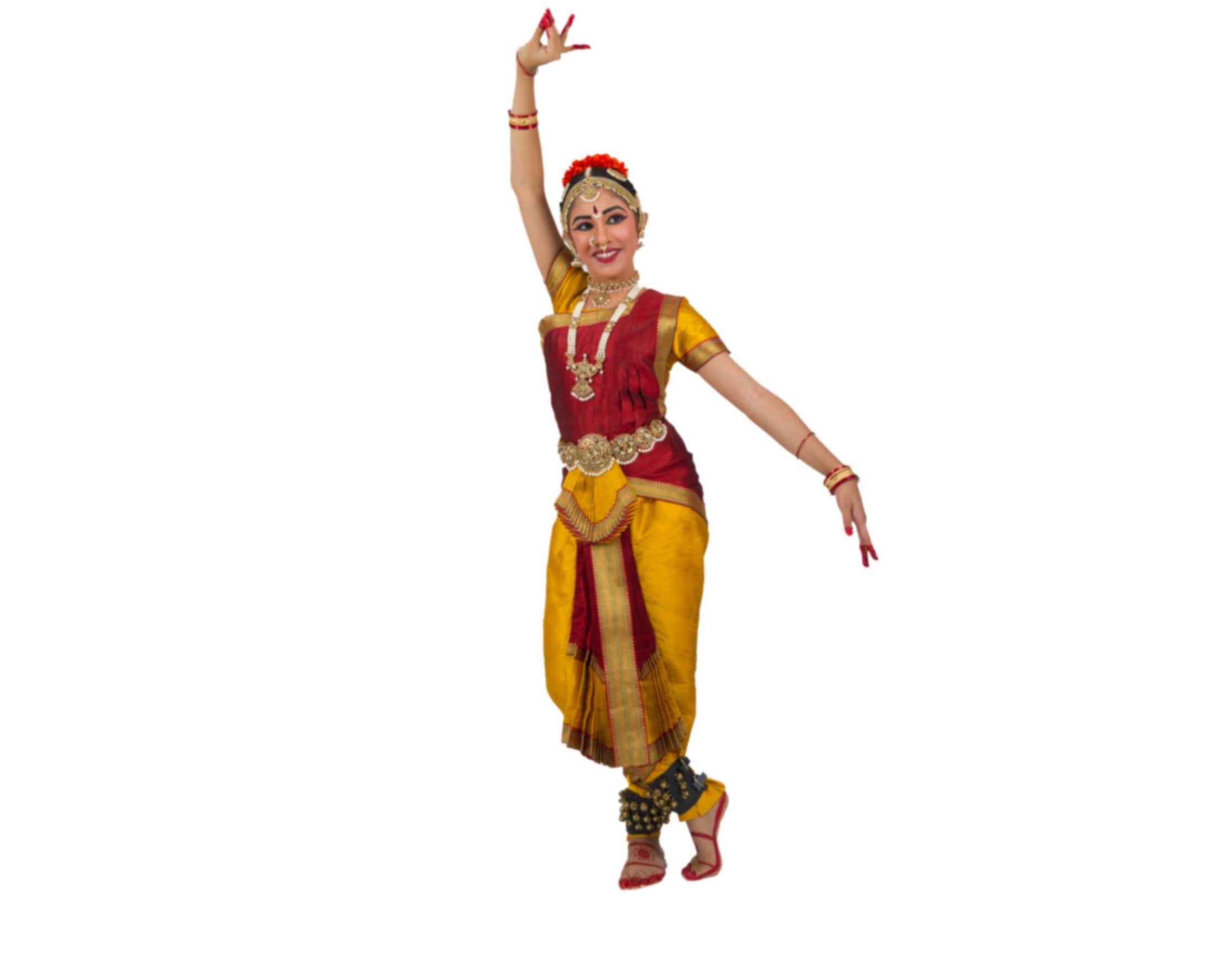


Arangetram is a Tamil word which means ascending the stage by a classical dancer after completion of years of training.
An arangetram is a graduation ceremony. As with any graduation ceremony, it denotes the attainment of certain skills.
Aadya has been practicing 'Bharatanatyam' since she was 4.5 years old. She completed her Arangetram at her age of 12, on Oct 7th 2017 under the guidance of Guru Smt. Sivagami Vanka. This arangetram marked the debut solo performance by Aadya in her journey as an artist, and she wishes to use her performing arts skill for charitable causes and cultural education.


Sivagami Vanka is the founder and director of Kalabharathi School of Dance at Portland, Oregon.
Smt. Vanka is a disciple of renowned dance guru's "Kalaimamani" Sri S.K. Kamesrwaran and "Natya Thilakam" Smt. Saroja Kameswaran in Chennai, India trained in the Vazhuvoor tradition of Bharathanatyam.
Smt. Vanka started her journey as a dedicated dance teacher at Cleveland, eventually moving to Portland, Oregon in 1987. As a renowned dancer herself, Sivagami Vanka has performed at venues in India, USA, Africa and Europe.
As a skillful choreographer, she has produced several elegantworks that incorporate the beauty of ancient hindu mythology and the intricacies of modern social themes. She brings out the best in her students through her rigourous and intensive training so that they maintain the authenticity and integrity that is essential part of this dance form.
She is the recipient of numerous grants from regional arts and cultural council. Smt. Vanka is also a dedicated ambassador of Indian classical dance community in Portland area, and her students perform regularly at local cultural events at Portland and Salem showcasing the rich traditions, culture and art form.

In Sanskrit, Pushpam means flower and Anjali means offering. Pushpanjali is an invocation dance offering salutation to the lord of dance Nataraja, beloved wise Guru (teacher), the very talented musicians and the audience.

Ganesha sthuti is a prayer to lord Ganesha. Lord Ganesha is the lord of good fortune. He is the lord of beginnings and remover of obstacles, with immense devotion and love to this art form.
Aadya is performing to the song "Nammamma Sharadha", composed by Sri Kanaka Dasa
This dance is a salutation to Lord Ganesha, set to a song that describes his multi-facet persona represented as a poetic interrogation with Goddess Parvathi, mother of Lord Ganesha.

A "Jathiswaram" is a dance presentation with intricate adavus (basic steps) and mudras (hand gestures), grouped into patterns of increasing complexity. It is laced with Jathis (rhythmic pieces danced to narrated syllables) alongside the melodious repetitive swara passages (musical scores).
Varnam emphasizes on all aspects of Bharthanatyam, by combining Nritta (foot & hand gestures), Nritya (expressions and emotion), and Natya (drama).
Varnam builds on the rhythmic, melodic, as well as lyrical aspects of the music and reveals expressive aspects of the dance in its full glory. This challenging and enthralling presentation describes the intense Bhakti (unwavering devotion) one possess for Lord Shiva.

A famous composition of Sri. Linagaraaj Urs praises the Goddess (Devi) and narrates the glorious chronicles of goddess who is also the epitome of beauty.

Little Krishna, darling of Vrindhavana, prankster son of Yoshodhe, one who ruled the hearts of gopikas and protected his devotees,is glorified in this composition. Expressing deep devotion and immense love are the highlights of this dance. A special thanks to Sri A. Laxman Swamy for the choreography.

Thillana embodies the Lasya, or lyrical, aspect of Nritta in its alluring poses and exquisite patterns of movement.
The movements of a Thillana are joyous and expansive, giving it a vivacious quality and requires exemplary skills in terms of rhythm, timing and synchronization.
Aadya is performing to 'Desh Thillana', composed by the vocalist of the event Vidwan Shri D.S.Srivathsa

Arangetram is an important milestone for a dancer. It takes a very great discipline, immense love for the art form, a well acquainted guru, and a divine blessing to get to this stage. Mangalam marks the conclusion to the recital by seeking the blessing of the God, Guru, the musicians and the audience.